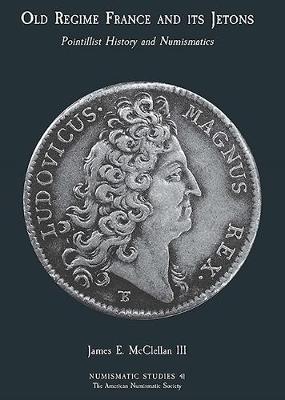Numismatic Studies
1 primary work
Book 41
Non-monetary tokens known as jetons originated as counters used on medieval counting tables. In certain parts of France, the Low Countries, and German lands, they continued as such into the nineteenth century. The historical and numismatic interest in jetons stems more from what else they became, particularly though the end of the eighteenth century under the Bourbon monarchs, as perks of office for office holders in the burgeoning nation state of France, New Year's Day presents exchanged among certain segments of society, and lagniappe handed out for attendance at meetings in town halls, regional estates, and learned societies. Jetons figured in the rites and rituals of the guilds and faculties; they were swag for general meetings of the clergy, and they served as calling cards for noble families. Decoding hidden messages became a parlor game for cognoscenti, and as "petit monuments" some jetons are miniature works of high art produced by the world's most talented artists/engravers at the world's preeminent mint. In this book jetons serve as microdots in a pointillist, longue duree account that paints a grand portrait of early modern and Old Regime France leading up to the French Revolution.
